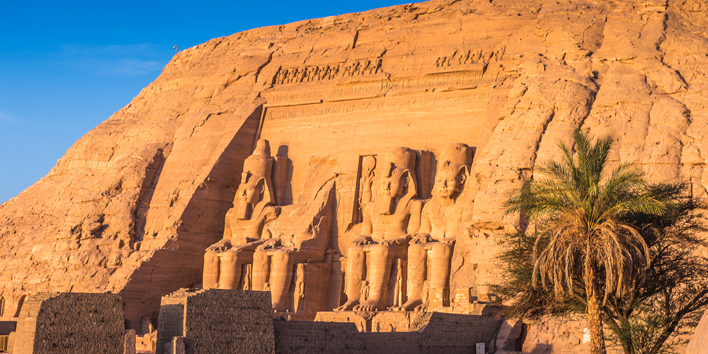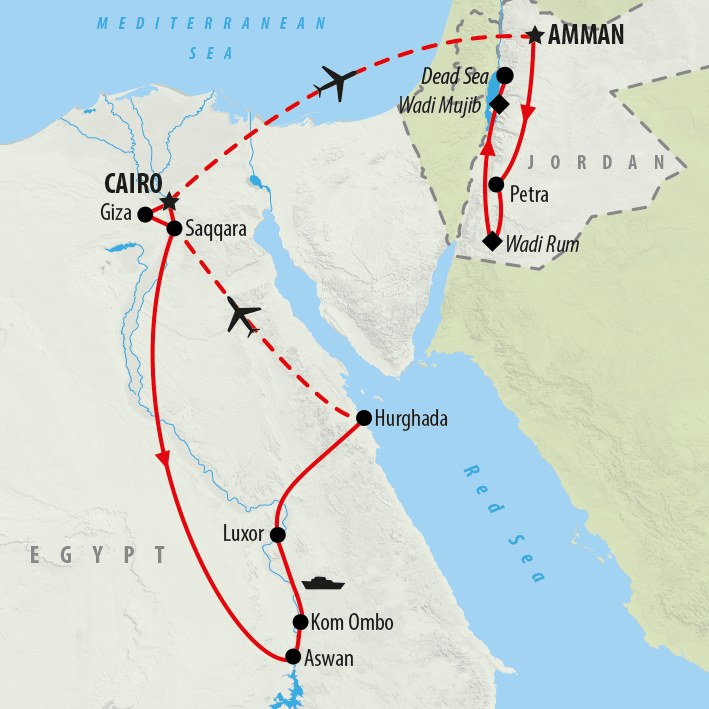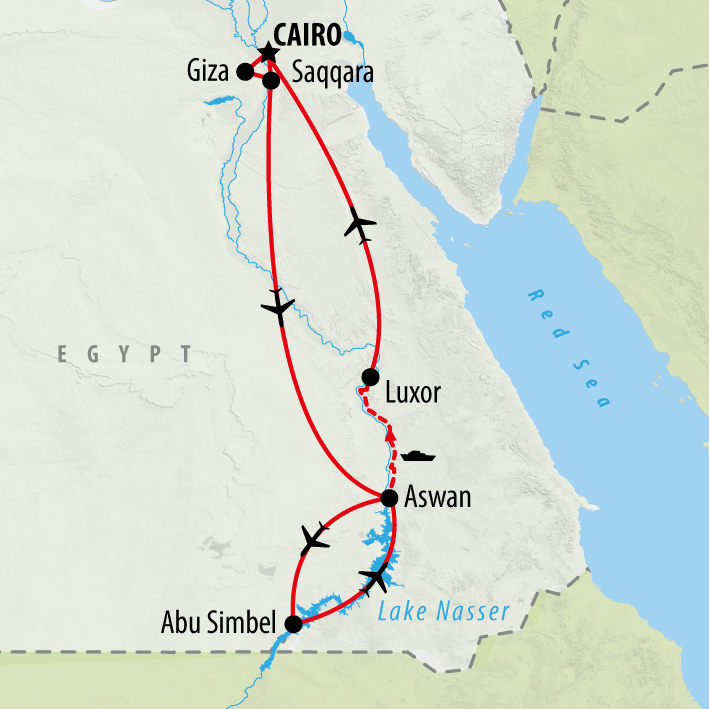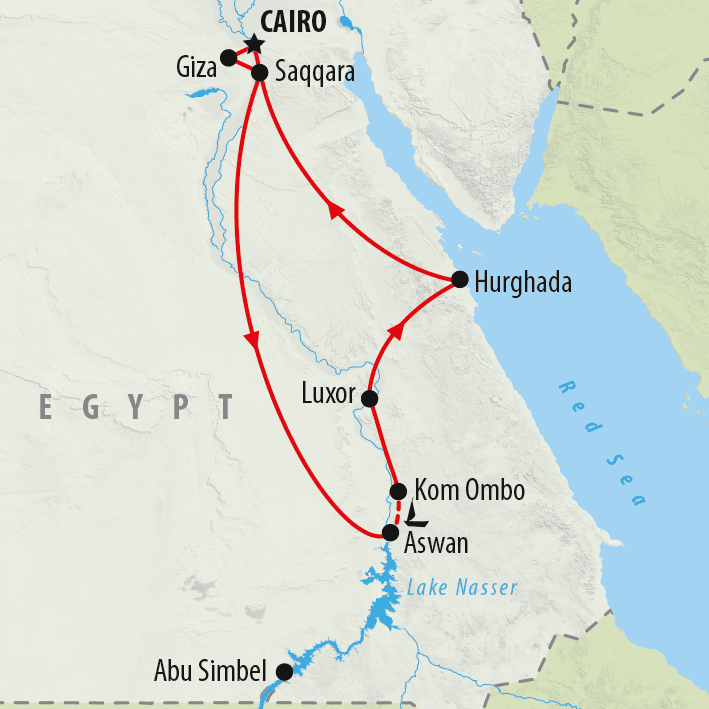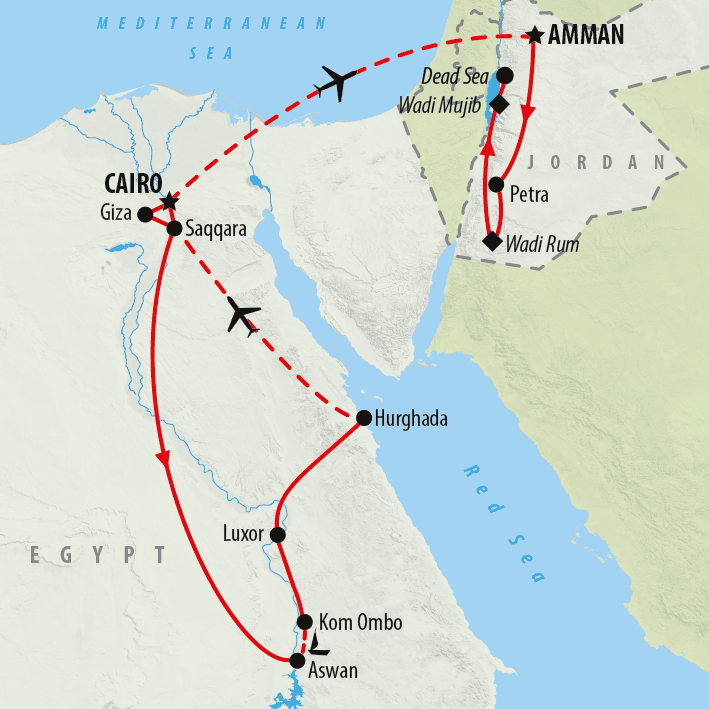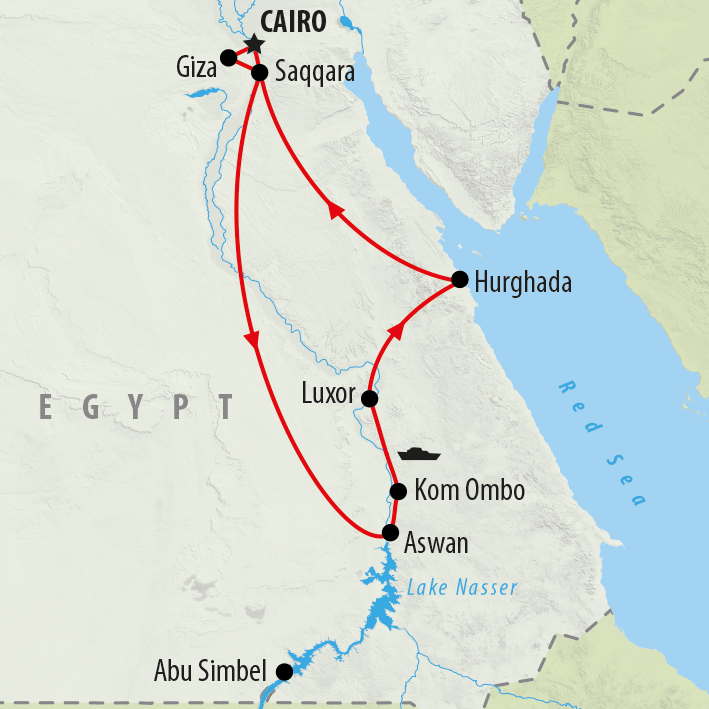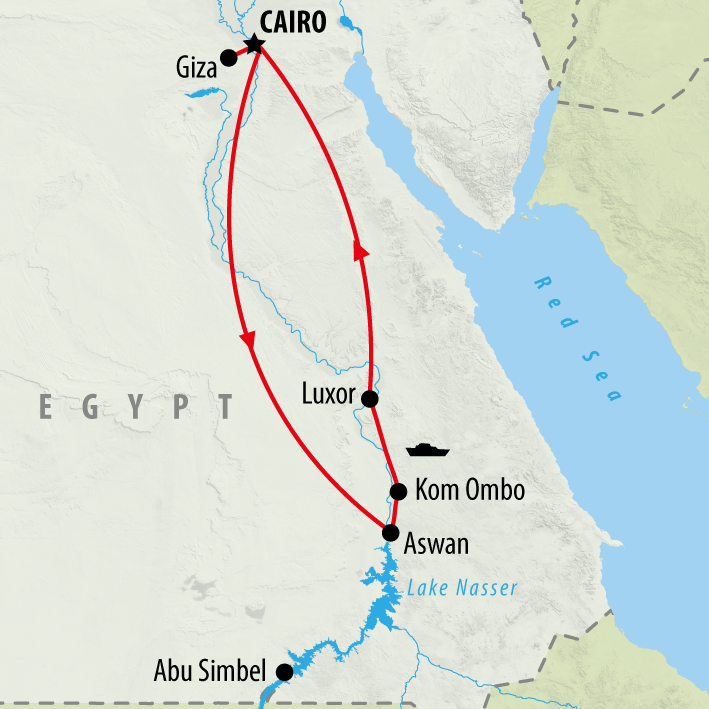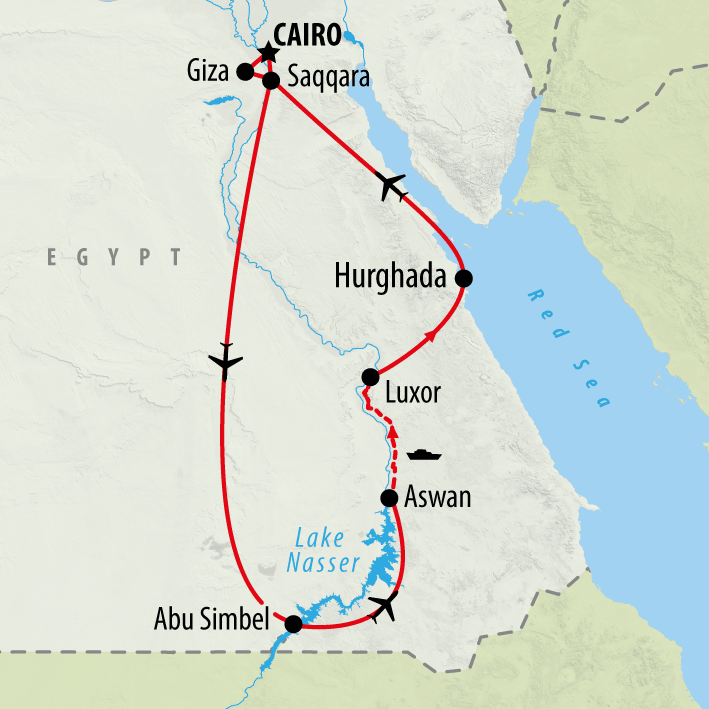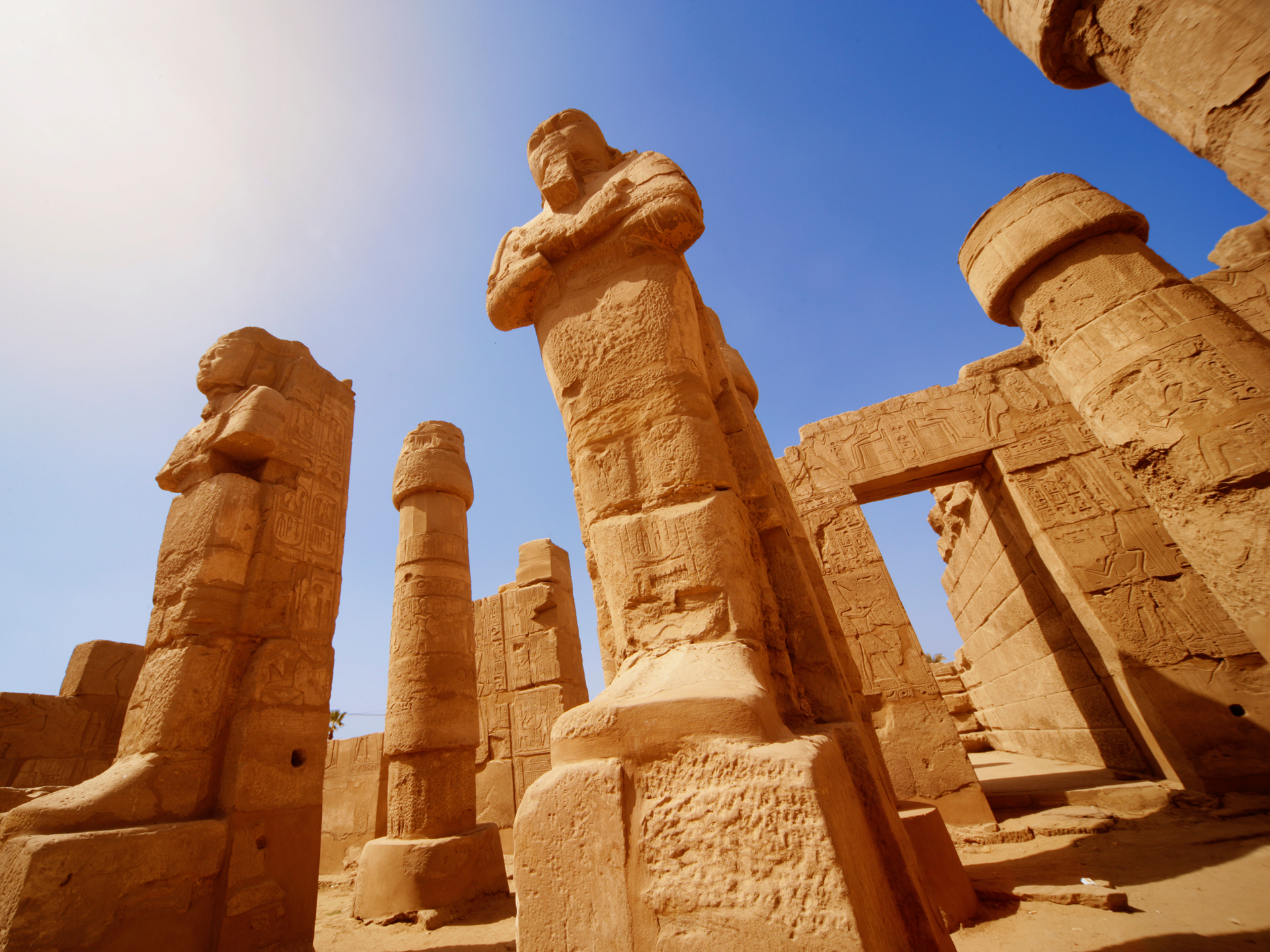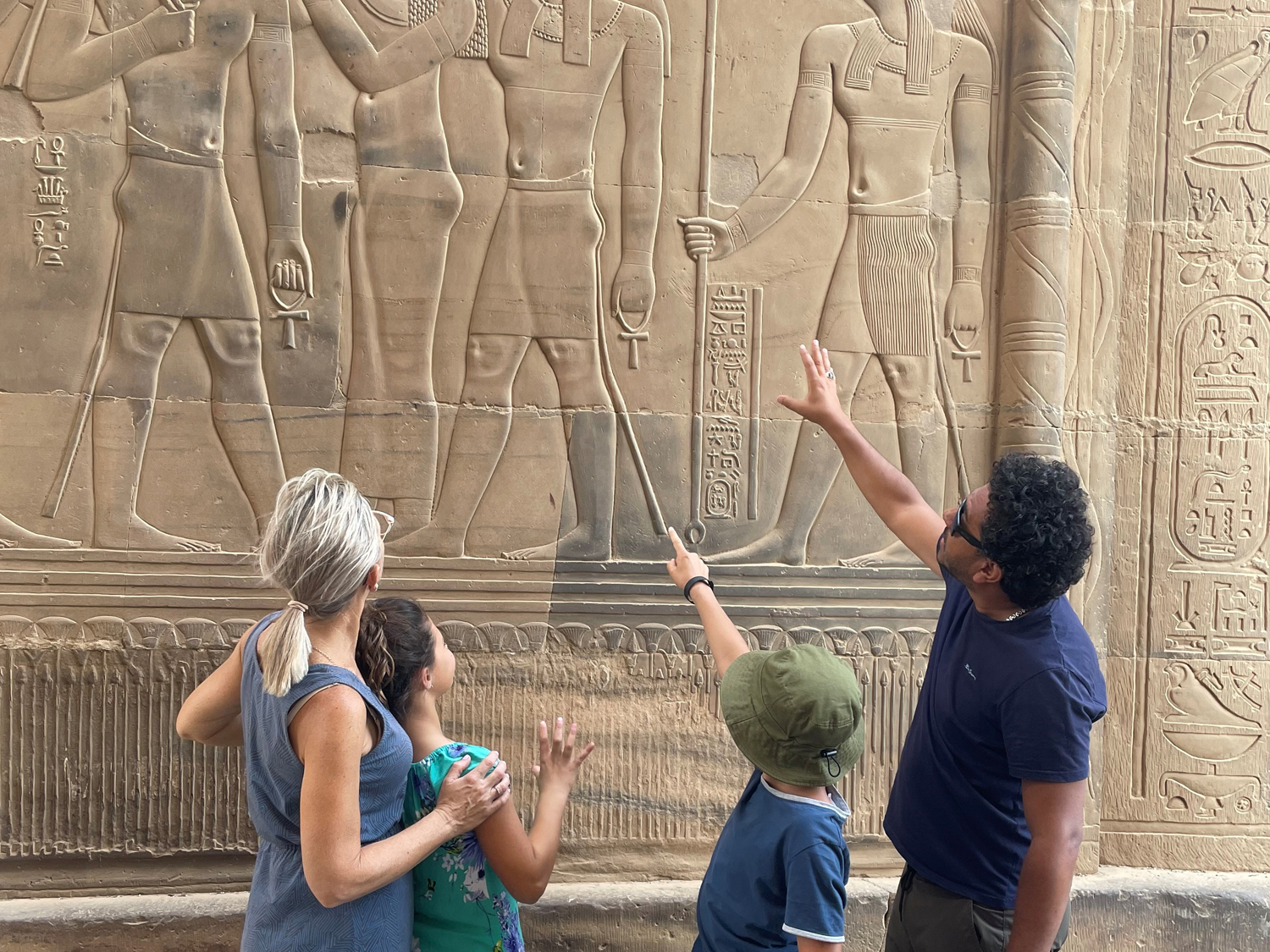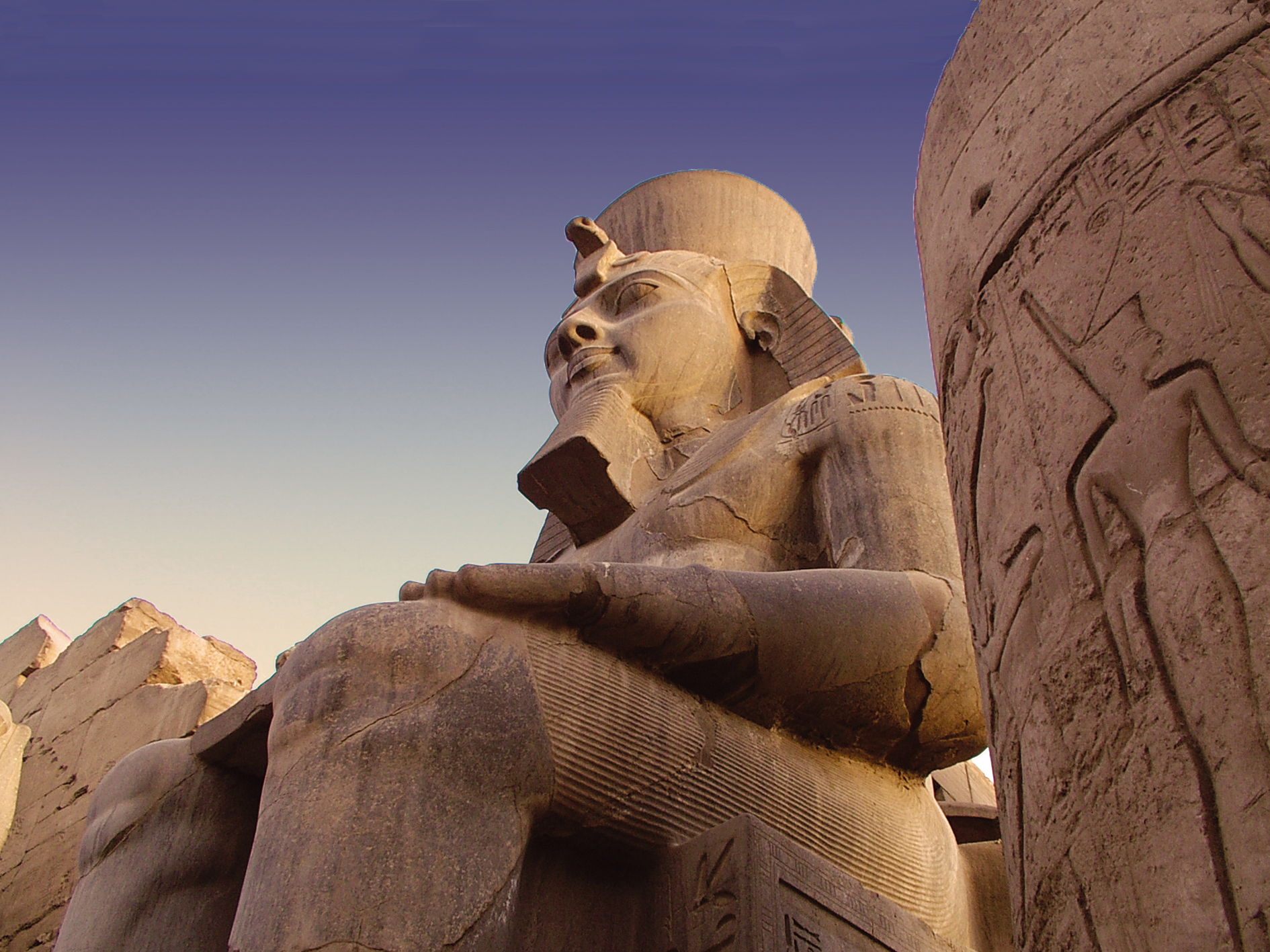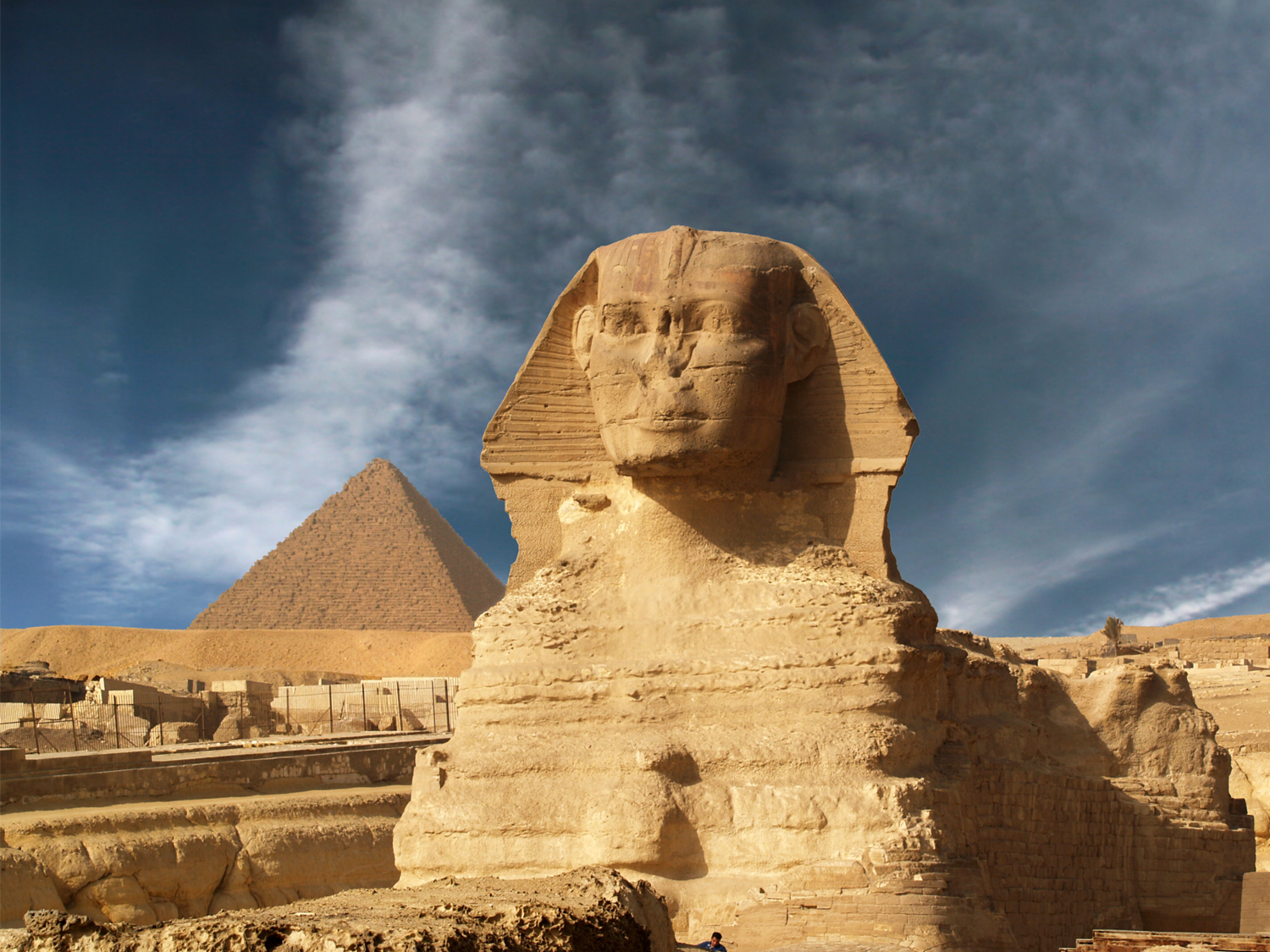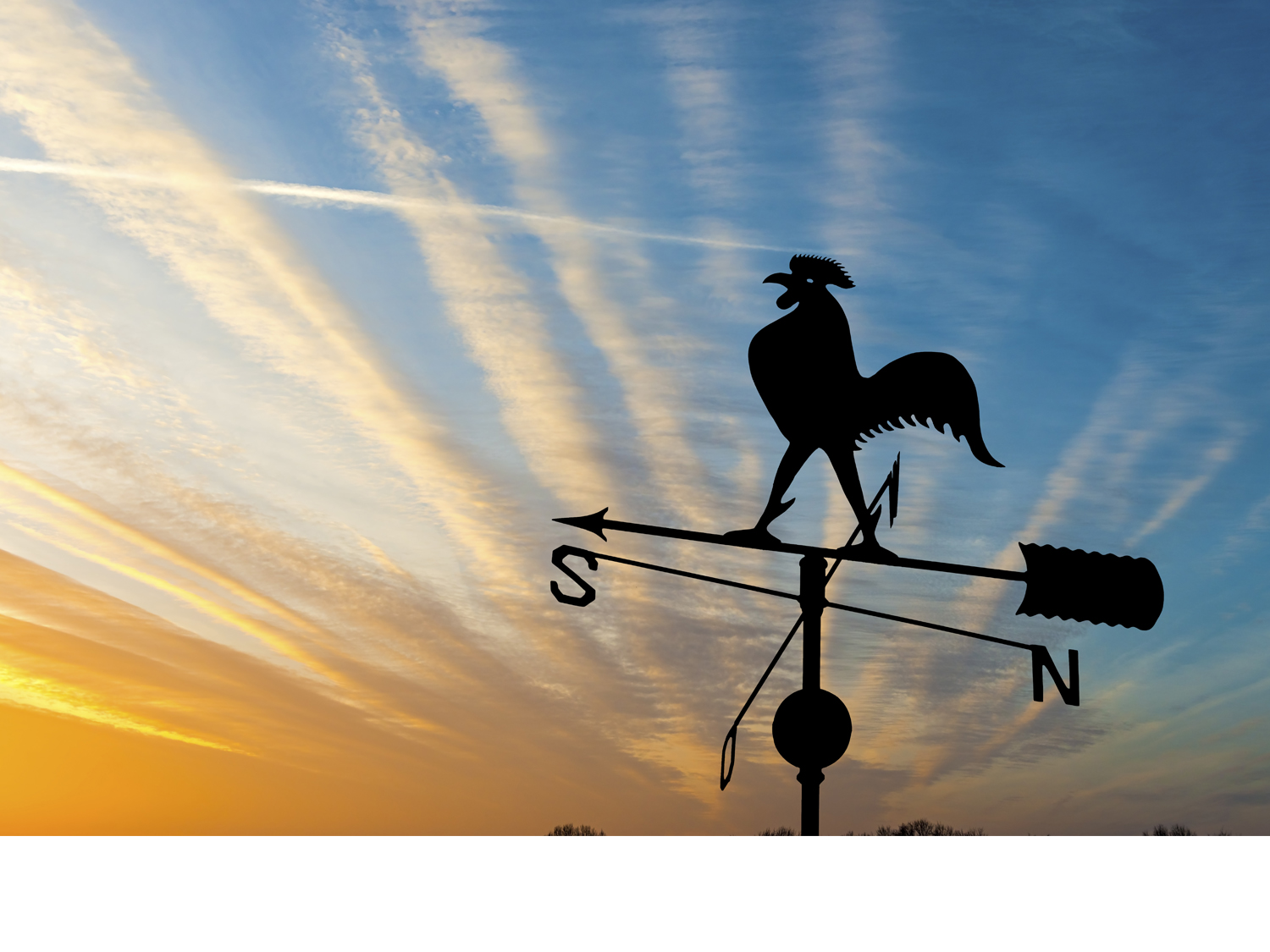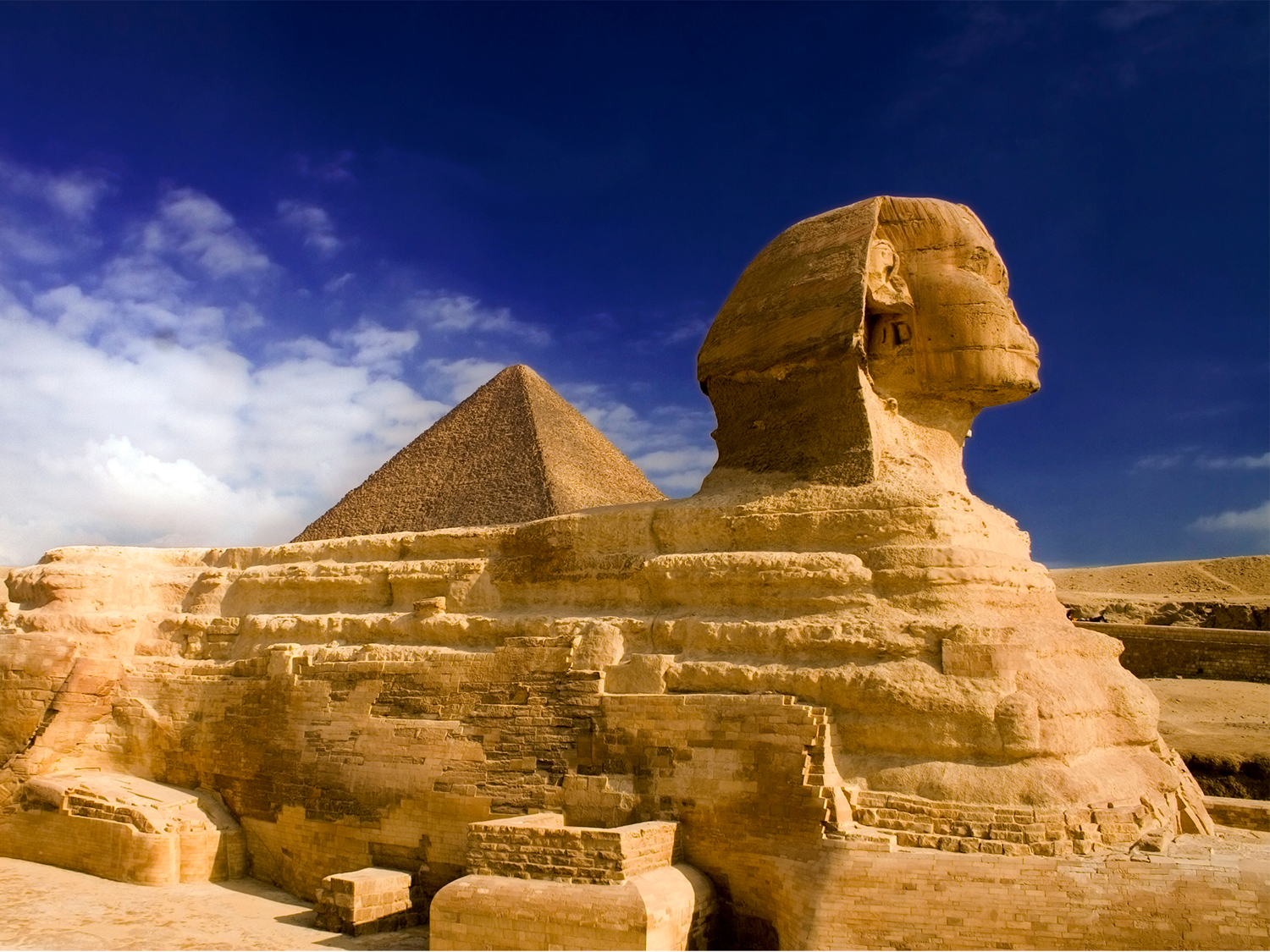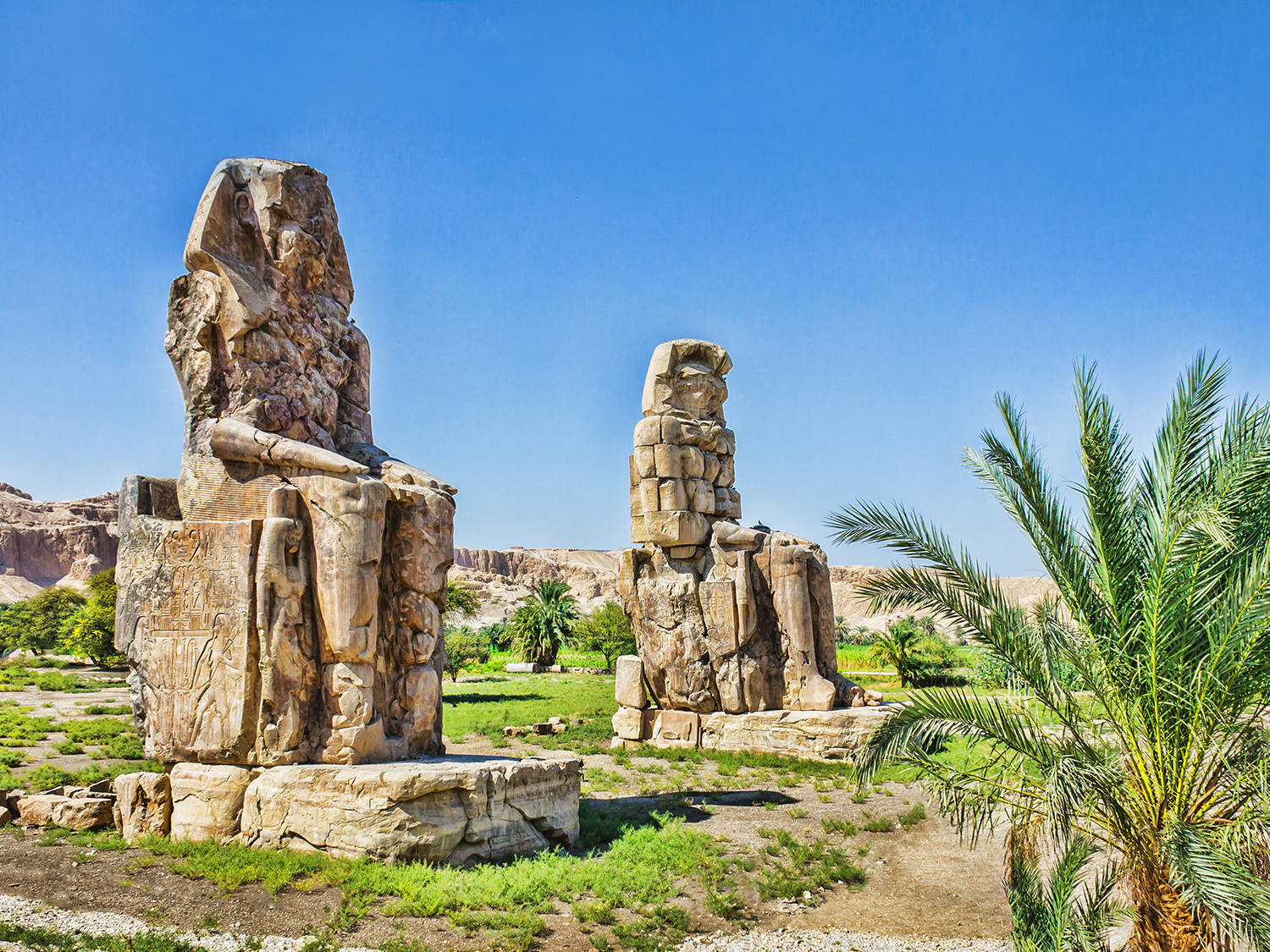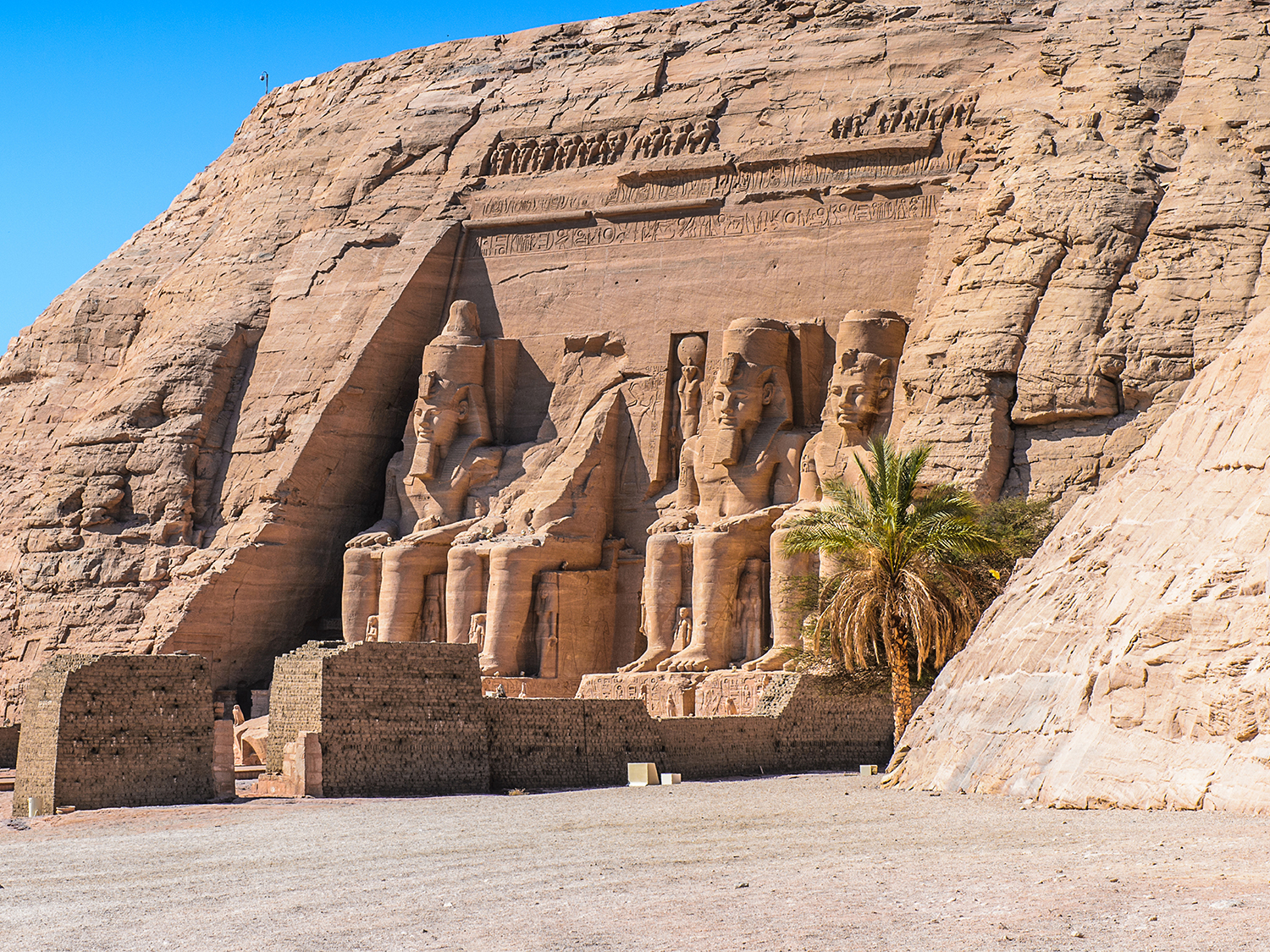Best tours to Abu Simbel, EgyptUnveiling Ancient Marvels: Guided Tours to Abu Simbel
When do you want to go?
2024
I'm flexible
Passengers
Adults (18+)
Children (0 - 17)
Abu Simbel, Egypt
Abu Simbel is nestled along the tranquil shores of Lake Nasser, in the heart of Upper Egypt. It stands as a testament to the timeless brilliance of ancient Egyptian architecture and engineering. Carved into the solid sandstone cliffs of the Nile’s western bank during the reign of Pharaoh Ramses II, this monumental complex represents a pinnacle of artistic and religious expression from the New Kingdom era, circa 13th century BCE.
Guided tours to Abu Simbel
Guided tours to Abu Simbel offer visitors an enriching experience, providing insights into the history, cultural significance, and architectural marvels of this ancient site. Visitors are transported by air or by convoy, accompanied by professional, local guides who lead them through both the Great Temple of Abu Simbel and the smaller Temple of Hathor. Visitors have the opportunity to explore the temples’ intricate reliefs and statues, as well as witness the sun alignment phenomenon, where the sun’s ray illuminates the inner sanctum of the Great Temple on specific dates.
What to Expect – Why visit Abu Simbel?
Visitors to Abu Simbel can expect to see the two main temples, the Great Temple dedicated to Ramses II and the smaller temple dedicated to his wife Nefertari. The temples are adorned with intricate reliefs, colossal statues, and hieroglyphic inscriptions depicting scenes from ancient Egyptian mythology, history, and religion. Additionally, visitors can witness the stunning architectural alignment of the temples with the sun during the Abu Simbel Sun Festival.
Temples of Abu Simbel
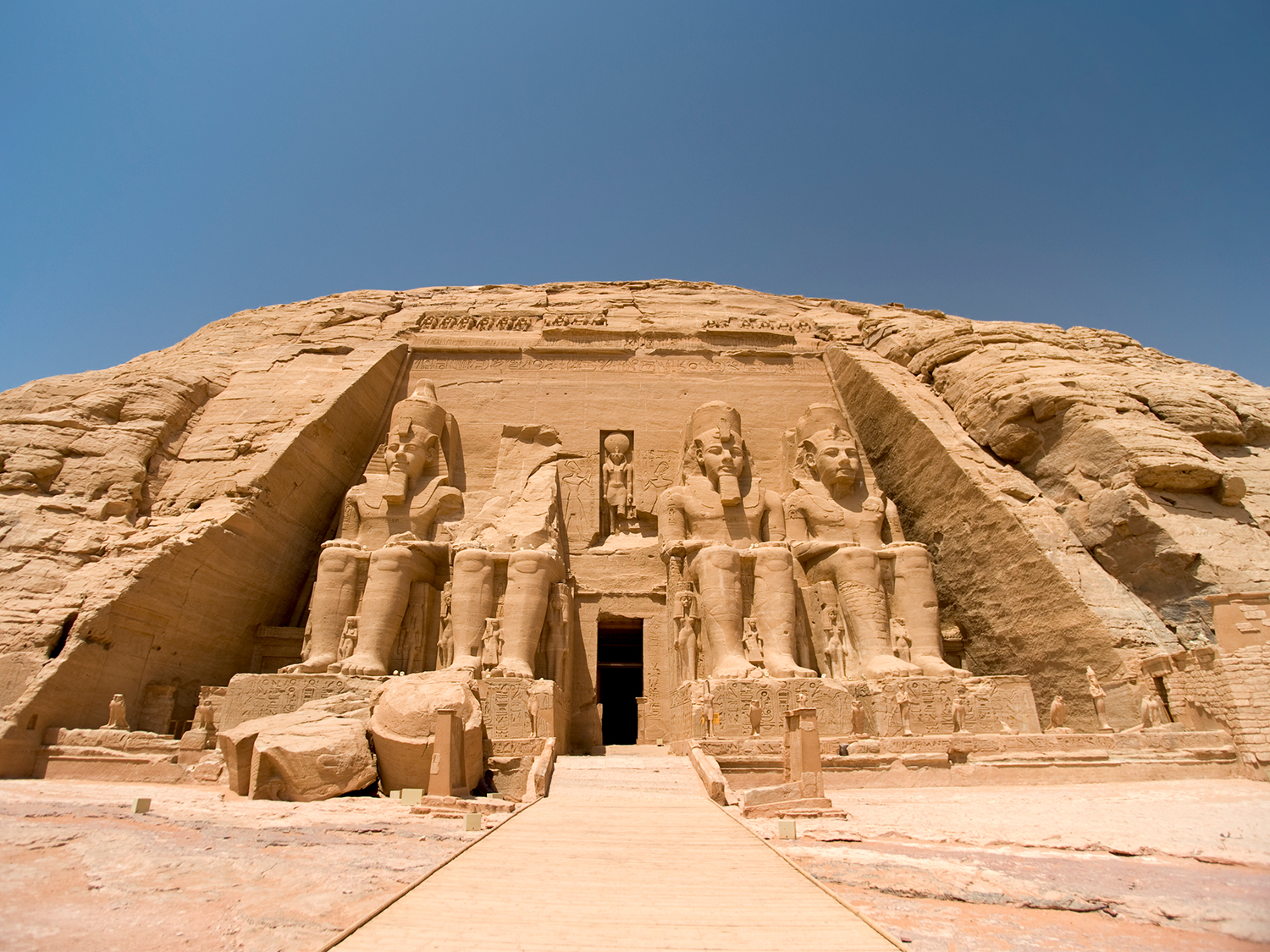
Great Temple of Ramses II
The Great Temple of Ramses II at Abu Simbel stands as a monumental testament to the might and glory of ancient Egypt’s New Kingdom era. It was commissioned by Pharaoh Ramses II around the 13th century BCE. This awe-inspiring temple is hewn directly into the sandstone cliffs on the western bank of the Nile. Its grand façade features four colossal statues of Ramses II seated on his throne, each reaching a staggering height of 20 meters, symbolizing the pharaoh’s divine power and eternal presence.
Entering the temple, visitors are enveloped in a world of intricate reliefs and majestic chambers, meticulously adorned with scenes of Ramses II’s military conquests, religious rituals, and divine offerings to the gods. The central hall houses a series of towering statues depicting the pharaoh in various ceremonial regalia, where the innermost sanctuary contains colossal statues of the gods Ra-Horakhty, Ptah, and Amun, alongside smaller statues of Ramses II himself.
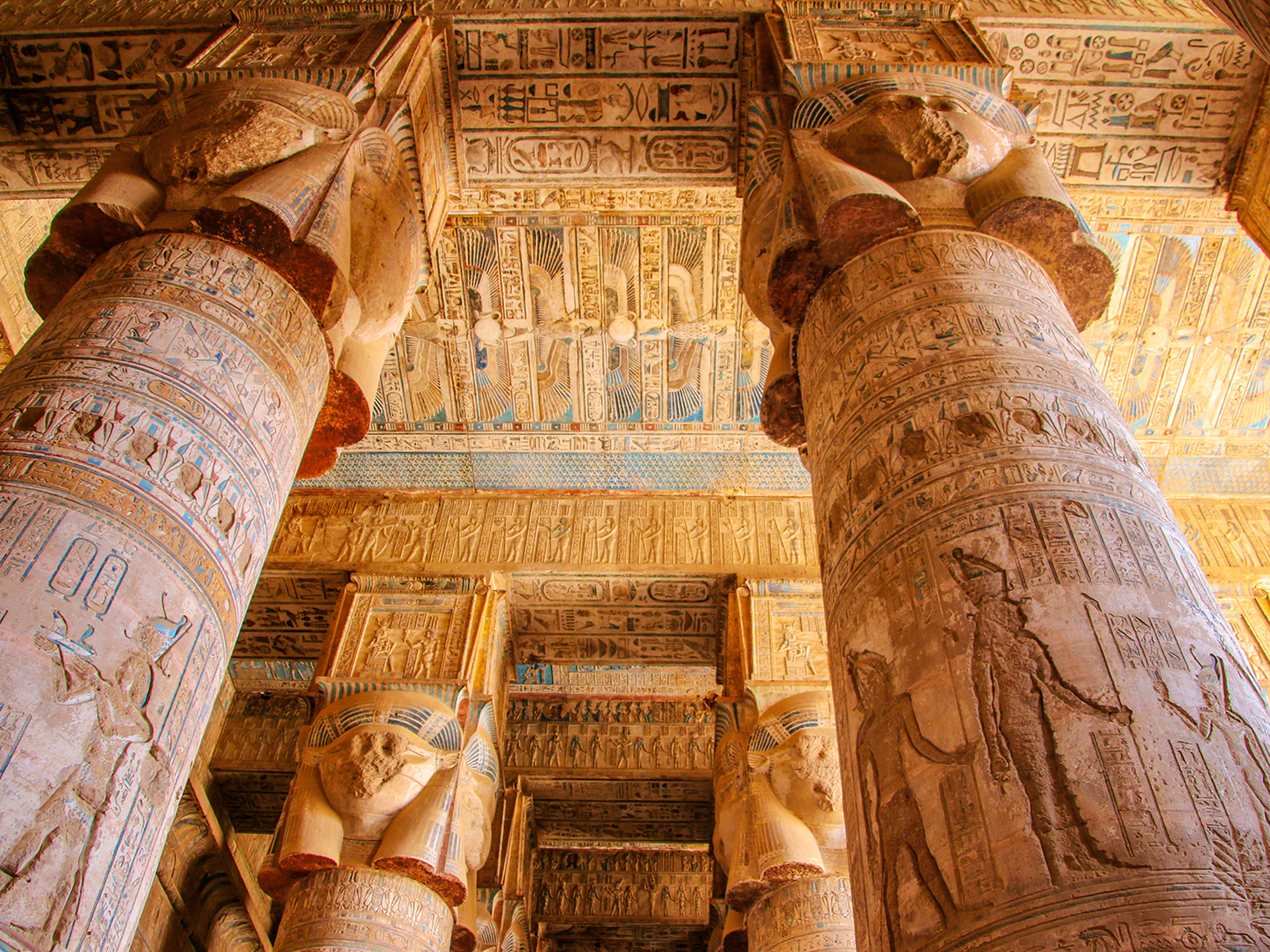
Temple of Hathor
The Temple of Hathor, nestled beside the imposing Great Temple of Abu Simbel in southern Egypt, stands as a testament to the enduring legacy of Queen Nefertatri and the worship of Hathor, the goddess of love, music, and motherhood. Carved into sandstone cliffs, this smaller yet intricately adorned temple is a masterpiece of ancient Egyptian architecture and artistry. At the temple’s entrance, visitors are greeted by colossal statues of Ramses II and Queen Nefertari, symbolising their divine partnership and underscoring the importance of the queen in the pharaoh’s rule.
Inside the Temple of Hathor, the walls and pillars are adorned with vibrant and finely detailed reliefs depicting scenes of royal ceremonies, offerings to the gods, and intimate moments between Ramses II and Queen Nefertari, emphasising their shared devotion to Hathor and their divine connection. Hathor herself is often depicted with her characteristic cow ears and holding a sistrum, a musical instrument symbolising joy and fertility, further emphasising her tole as a benevolent deity associated with love and prosperity.
Frequently asked questions
How old are the Abu Simbel temples?
The temples were constructed during the reign of Pharaoh Ramses II in the 13th century BCE, making them over 3,000 years old.
Why were the temples built?
The temples were built primarily to commemorate the victory of Ramses II at the Battle of Kadesh and to honour the gods Amun, Ra-Horakhty, Ptah, and deified Ramses II himself. They also served as a symbol of the pharaoh’s power and divine authority.
How were the temples constructed?
The temples were carved directly into the solid rock cliffs of the Nile’s western bank using simple tools such as chisels, hammers, and levers. Skilled craftsmen and labourers worked tirelessly over several years to create these monumental structures.
What is the significance of the Abu Simbel Sun Festival?
The Abu Simbel Sun Festival occurs twice a year, on the 22nd of February and 22nd of October, when the first rays of dawn penetrate the inner sanctuary of the Great Temple and illuminate the statues of Ramses II and the gods. This event highlights the ancient Egyptians’ advanced knowledge of astronomy and their reverence for the sun god Ra
Why were the Abu Simbel temples relocated?
The construction of the Aswan High Dam in the 1960s posed a threat to the temples by potentially submerging them beneath the waters of Lake Nasser. To preserve these cultural treasures, an international campaign led by UNESCO resulted in the relocation of the entire temple complex to higher ground between 1964 and 1968.
How were the temples relocated?
The relocation of the Abu Simbel temples was a remarkable engineering feat. The temples were carefully cut into large blocks, dismantled, and then reconstructed on an artificial hilltop above the water level of Lake Nasser. The entire process took several years and involved meticulous planning and coordination.
Book your next guided tour to Abu Simbel with us
Today, Abu Simbel stands as a beacon of Egypt’s glorious past, drawing visitors from across the globe to marvel at its monumental splendour and to ponder the enduring legacy of one of history's greatest civilizations. Amidst the timeless sands of the Egyptian desert, the temples of Abu Simbel continue to inspire wonder and awe, inviting all who behold them to embark on a journey through the annals of ancient history and explore the mysteries of Egypt’s majestic past.
Egypt guides
Start planning your journey to the land of the Pharaohs with our handy travel guide resources.
Highlights of Egypt
Our customers say
Excellent
4.4 out of 5 based on 275 reviews
